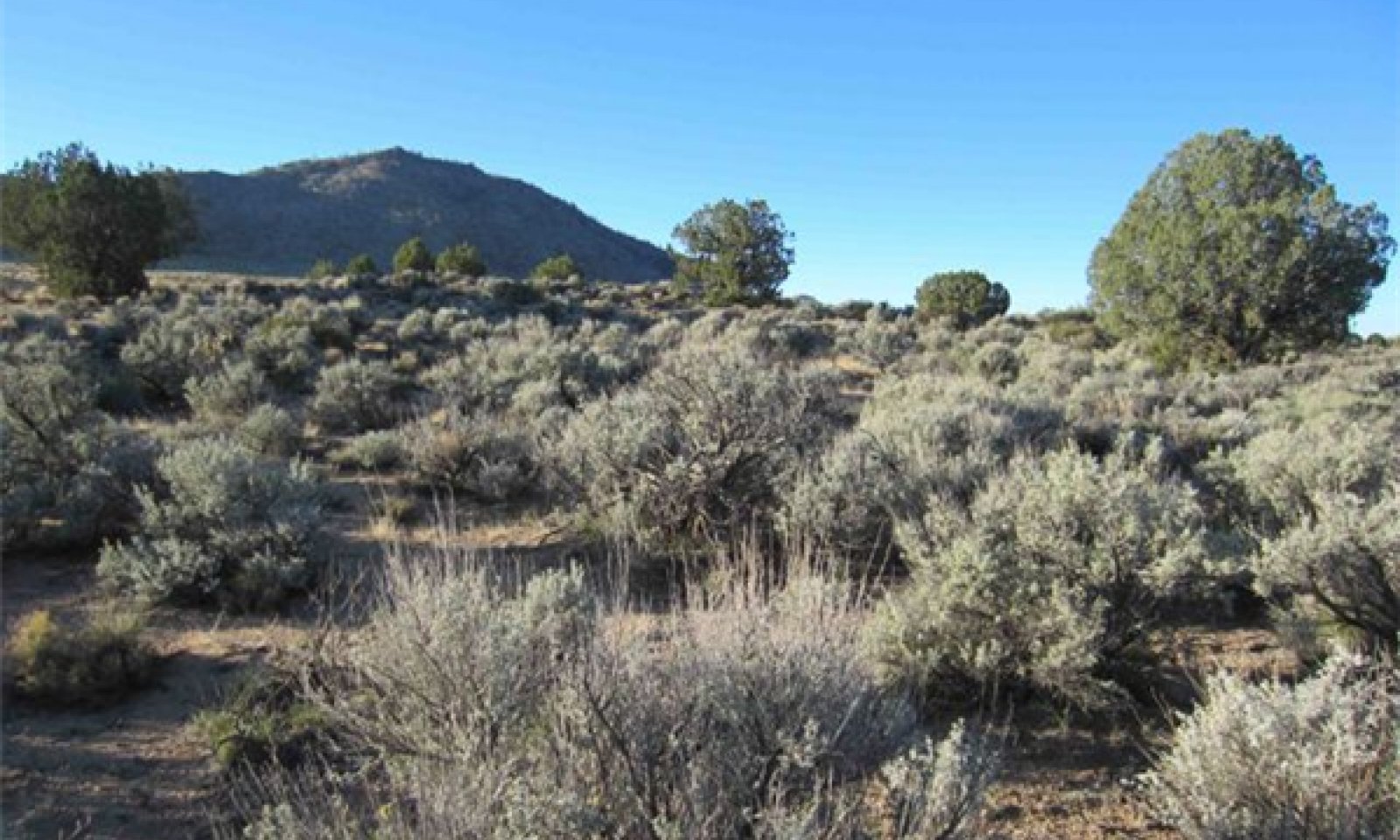

Natural Resources
Conservation Service
Ecological site R030XC001CA
Granitic Loamy Ustic Fan Remnants 8-10 inches
Last updated: 2/25/2025
Accessed: 12/07/2025
General information
Provisional. A provisional ecological site description has undergone quality control and quality assurance review. It contains a working state and transition model and enough information to identify the ecological site.
MLRA notes
Major Land Resource Area (MLRA): 030X–Mojave Basin and Range
MLRA Description:
Major Land Resource Area (MLRA) 30, Mojave Desert, is found in southern California, southern Nevada, the extreme southwest corner of Utah and northwestern Arizona within the Basin and Range Province of the Intermontane Plateaus. Elevations within the MLRA range from basin floors below sea level to mountains over 12,000 feet (3650 meters) high. The climate of the area is hot and dry with mostly hyperthermic and thermic soil temperature regimes and aridic soil moisture regimes. However, at higher elevations of this MLRA, generally above 5,000 feet, soil temperature regimes can be mesic, cryic and frigid with xeric soil moisture regimes. Due to the extreme elevational range found within this MLRA, land resource units (LRUs) were designated to group the MLRA into similar land units.
LRU Description:
The Bi-Modal Semi-Arid (XC) Land Resource Unit (LRU), represents a semi-arid zone as defined by the United Nations Food and Agriculture Organization and is a semi-arid region distinguished by other semi-arid regions of the Mojave by the amounts of summer precipitation it receives. Semi-arid regions in the western Mojave can experience hot and very dry summers whereas regions within the XC LRU can receive more than 2.5 inches (63.5 mm) of rain during the months of July, August and September. The Bi-Modal Semi-Arid LRU is found primarily in eastern Mojave such as in Nevada at the higher elevations, in California in the New York, Providence, Castle and Clark Mountain Ranges as well as the Cerbat and Virgin Mountains of Arizona. Elevations range from approximately 4000 to 12,000 feet (1500 to 3650 meters) and precipitation ranges 8 to 18 inches (200 – 450 mm) per year in the form of rain. Snow is not uncommon in this LRU with the chance of receiving 3 to 48 inches of snow per year.
Due to the relatively high volume of summer rainfall, soil moisture regimes may have been designated as ustic-aridic, however emerging soil moisture data suggests the xeric-aridic soil moisture regime may be more appropriate and is likely to dominate this LRU. Soils within this LRU also have a cool thermic or cooler soil temperature regime. The combination of cooler temperatures [mean annual air temperatures lower than 62 degrees F (17 degrees C)] with summer monsoonal rains help to create a unique climate within the Mojave Desert which may be more similar to the Southern Nevada Basin and Range (MLRA). Vegetation at the lower elevations of this LRU includes blackbrush, Joshua tree, juniper, pinyon pine, and mountain big sagebrush. At the higher elevations, vegetation includes oaks, Mojave sagebrush, Ponderosa pine, white fir, limber pine and the Great Basin bristlecone pine.
Ecological site concept
This ecological site occurs on gently sloping (10 percent slope or less) fan remnants with very deep, coarse loamy soils at elevations of 4900 to 5300 feet. Alluvium is predominantly from granite sources. Mesic soil temperatures and deep loamy soils support a productive shrub community dominated by big sagebrush (Artemisisa tridentata), with a regularly distributed emergent tree layer of Utah Juniper at low cover. Perennial bunch grasses are an important component of the reference plant community, including black grama (Bouteloua eriopoda, blue grama (B. gracilis. These grasses are supported by summer monsoonal events and a relatively high precipitation range (8-10 inches). Loamy deep soils support a productive grass component.
This site is part of group concept R030XC238CA.
Associated sites
| R030XC002CA |
Shallow Loamy-Skeletal Ustic Low Slopes This site occurs on adjacent rock pediments and low hills with shallow loamy-skeletal soils. |
|---|
Similar sites
| R030XC002CA |
Shallow Loamy-Skeletal Ustic Low Slopes Occurs on very shallow to shallow soils on pediments and hills. Desert bitterbrush is a co-dominant species with big sagebrush. Production is lower and perennial grasses are not a significant component of this ecological site. |
|---|---|
| R030XC035NV |
LOAMY 9-11 P.Z. Occurs on inset fans on relatively undeveloped soils derived from limestone. Needleandthread is the dominant grass, fourwing saltbush is an important species, and production is higher. |
Table 1. Dominant plant species
| Tree |
(1) Juniperus osteosperma |
|---|---|
| Shrub |
(1) Artemisia tridentata |
| Herbaceous |
(1) Bouteloua eriopoda |
Click on box and path labels to scroll to the respective text.


